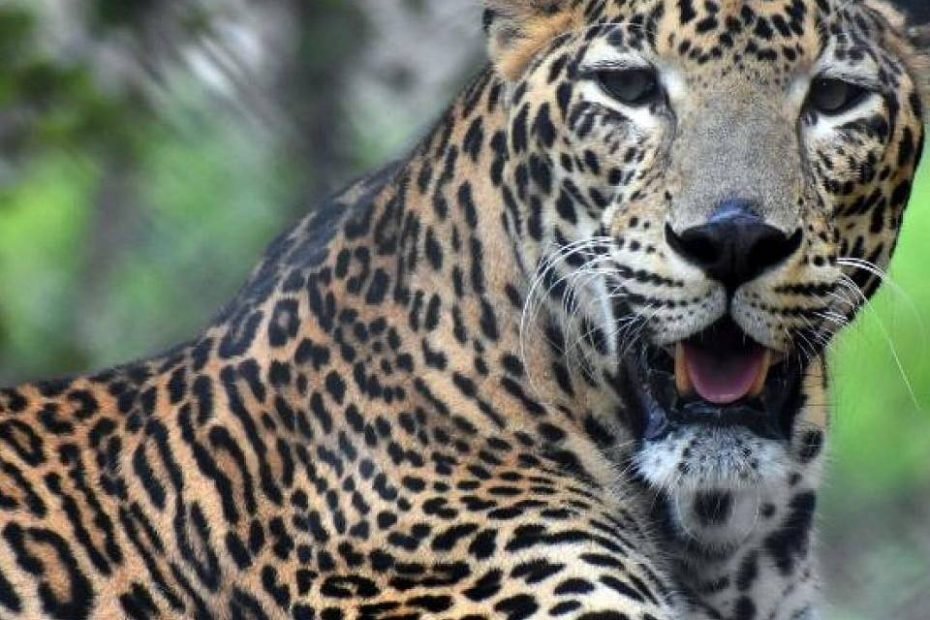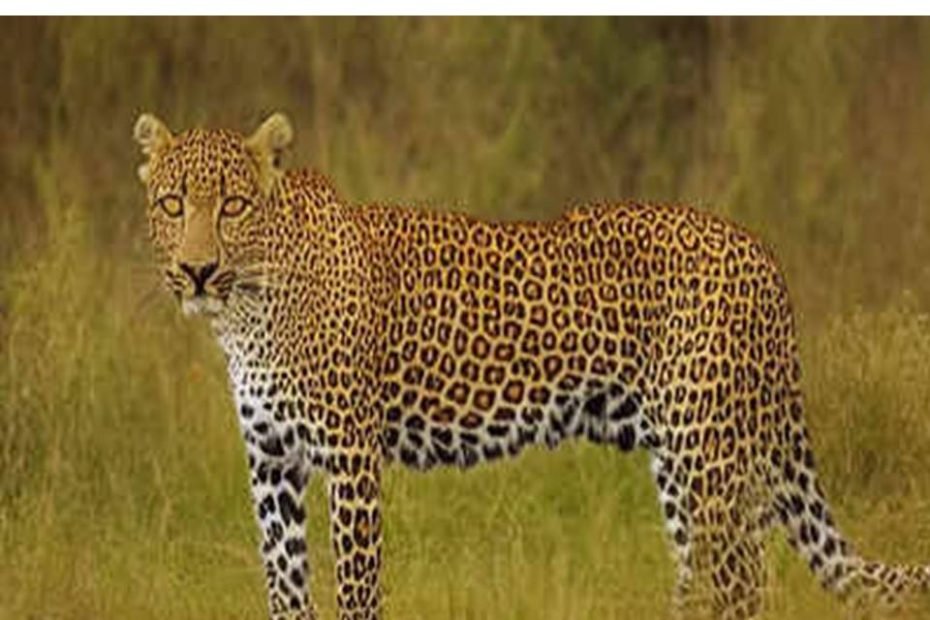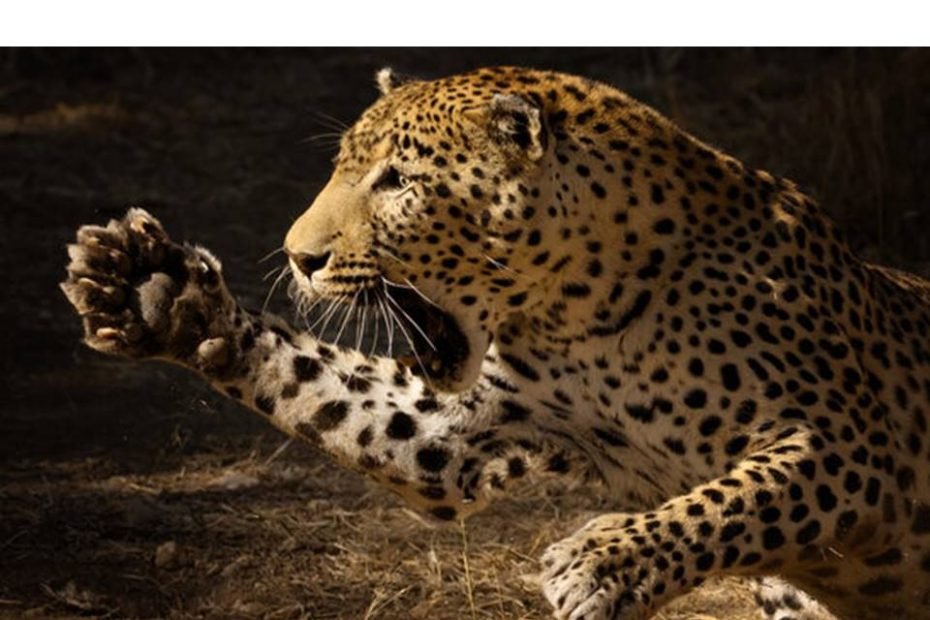


Animals have been a part of Christian history and theology for centuries, with various interpretations and beliefs about their role and significance.
In the Bible, God created animals alongside humans and gave them a special place in the world. In Genesis 1:26-28, humans are given dominion over the earth and all its creatures, but this responsibility is also accompanied by the expectation that humans will care for and protect God’s creation.
Throughout Christian history, animals have been used in various ways as symbols, metaphors, and objects of devotion. For example, the lamb is a common Christian symbol representing Jesus Christ as the sacrificial lamb of God.
Many saints are also associated with particular animals, such as St. Francis of Assisi and his love for animals, particularly birds and wolves. In terms of practical application, Christians have varied views on the treatment and use of animals.
Some interpret dominion as a call to use animals for human purposes, such as for food or labor, while others believe that humans should treat animals with respect and compassion, avoiding unnecessary harm and cruelty.
In recent years, there has been a growing movement of Christians advocating for animal welfare and animal rights, arguing that animals are part of God’s creation and should be treated accordingly.
Overall, the relationship between animals and Christianity is complex and multifaceted, with a rich history of interpretation and practice.
Let us take a look of life of Leopard
Life of Leopard
The leopard is one of the five living species in the genus Panthera. It occurs across a wide range in Africa and Asia and has adapted to a variety of habitats ranging from rainforest to arid and steppe habitats. It has relatively short legs and an elongated body with a large skull
Leopards are big cats known for their golden, spotted bodies and graceful, yet ferocious hunting techniques. They are often thought of as an African animal, but leopards live all over the world. Though their reach is vast, their numbers are declining.
Leopards are larger than a house cat, but leopards are the smallest members of the large cat category. They grow to only 3 to 6.2 feet (92 to 190 centimeters) long.
Their tail adds another 25 to 39 inches (64 to 99 cm) to their length. Males and females vary in weight. Females typically weigh 46 to 132 pounds (21 to 60 kilograms) and males usually weigh around 80 to 165 lbs. (36 to 75 kg)
The leopard is very adaptable and can live in many different places across the globe. Leopards are found in sub-Saharan Africa, the Arabian Peninsula, southwestern and eastern Turkey, in the Sinai/Judean Desert of Southwest Asia, the Himalayan foothills, India, Russia, China and the islands of Java and Sri Lanka, according to the International Union for Conservation of Nature (IUCN).
These large cats can live in almost any type of habitat, including rainforests, deserts, woodlands, grassland savannas, forests, mountain habitats, coastal scrubs, shrub lands and swampy areas. In fact, leopards live in more places than any other large cat.
Leopards are solitary creatures that only spend time with others when they are mating or raising young. They are also nocturnal and spend their nights hunting instead of sleeping.
Leopards spend a lot of their time in trees. Their spotted coat camouflages them, making them blend in with the leaves of the tree. They will often drag their prey into trees to keep it from being taken by other animals, according to National Geographic.
Diet
Leopards are carnivores, but they aren’t picky eaters. They will prey on any animal that comes across their path, such as Thomson’s gazelles, cheetah cubs, baboons, rodents, monkeys, snakes, large birds, amphibians, fish, antelopes, warthogs and porcupines.
Leopards are ambush predators; they crouch low to sneak up to their prey and pounce before it has a chance to react, according to the Animal Diversity Web, a database maintained by the Museum of Zoology at the University of Michigan. A leopard will kill its prey with one swift bite to the neck, breaking it.
Offspring
Leopards have a gestation period of approximately three months and typically give birth to a litter of two to three cubs in a den, according to PBS Nature. Each cub weighs just 17 to 21 ounces (500 to 600 grams) at birth, is blind and almost hairless. They depend on their mother for food and do not leave the den until they are 3 months old. At 12 to18 months, the cubs are ready to live on their own and at 2 or 3 years old will create their own offspring. Leopards live 12 to 15 years in the wild and up to 23 years in zoos.
Classification/taxonomy
Leopard characteristics are recognized in their classification as catlike carnivores (suborder Feliformia) and as roaring cats (genusPanthera). Their complete taxonomy, according to the Integrated Taxonomic Information System (ITIS), is:
- Kingdom: Animalia
- Subkingdom: Bilateria
- Infrakingdom: Deuterostomia
- Phylum: Chordata
- Subphylum: Vertebrata
- Infraphylum: Gnathostomata
- Superclass: Tetrapoda
- Class: Mammalia
- Subclass: Theria
- Infraclass: Eutheria
- Order: Carnivora
- Suborder: Feliformia
- Family: Felidae
- Subfamily: Pantherinae
- Genus & species: Panthera pardus
- Subspecies:
Panthera pardus delacouri (Indochinese leopard) Panthera pardus fusca (Indian leopard) Panthera pardus japonensis (North China leopard) Panthera pardus kotiya (Sri Lankan leopard) Panthera pardus melas (Javan leopard) Panthera pardus nimr (Arabian leopard) Panthera pardus orientalis (Amur leopard) Panthera pardus pardus (African leopard) Panthera pardus saxicolor (Caucasian leopard, Central Asian leopard, Persian leopard)
Conservation status
Leopards are classified as near threatened by the IUCN’s Red List of Threatened Species. This listing is due to their declining population, which is caused by habitat loss and hunting. According to PBS Nature, one of the rarest leopards is the Amur leopard, which is found in far-east Russia, Korea and northeast China. It is estimated that there are only 30 currently living in the wild.
Other facts
The name “leopard” comes from the Greek word leopardus, which is a combination of leon (lion) and pardus (panther), according to PBS Nature.
Leopards don’t need much water. They survive from the moisture they get from eating their prey.
It is no wonder that leopards are such great hunters. They can run up to 36 mph (58 kph), jump forward 20 feet (6 meters) and leap 10 feet (3 m) straight up, according to the San Diego Zoo.
Though classified as a roaring cat, leopards usually bark when they have something to say.
Leopards’ ears can hear five times more sounds that the human ear.
The leopard’s spots are called rosettes because they look like roses.
The genus Leopardus does not include leopards. Members of that genus include cats of Central and South America, such as ocelots, oncillas, margays, Pampas cats, Geoffrey’s cat, guiñas and Andean cats.
Leopards are graceful and powerful big cats closely related to lions, tigers, and jaguars. They live in sub-Saharan Africa, northeast Africa, Central Asia, India, and China. However, many of their populations are endangered, especially outside of Africa.
Hunting Skills
The leopard is so strong and comfortable in trees that it often hauls its kills into the branches. By dragging the bodies of large animals aloft it hopes to keep them safe from scavengers such as hyenas. Leopards can also hunt from trees, where their spotted coats allow them to blend with the leaves until they spring with a deadly pounce. These nocturnal predators also stalk antelope, deer, and pigs by stealthy movements in the tall grass. When human settlements are present, leopards often attack dogs and, occasionally, people.
Leopards are strong swimmers and very much at home in the water, where they sometimes eat fish or crabs.
Breeding
Female leopards can give birth at any time of the year. They usually have two grayish cubs with barely visible spots. The mother hides her cubs and moves them from one safe location to the next until they are old enough to begin playing and learning to hunt. Cubs live with their mothers for about two years—otherwise, leopards are solitary animals.
Leopard Spots
Most leopards are light colored with distinctive dark spots that are called rosettes, because they resemble the shape of a rose. Black leopards, which appear to be almost solid in color because their spots are hard to distinguish, are commonly called black panthers.
During predatory attacks, leopards typically bite their prey’s throat or the nape of the neck, lacerating or severing jugular veins and carotid arteries, causing rapid exsanguination. The spine may be crushed and the skull perforated, exposing the brain.
- Leopards have very keen hearing and it is easy to understand that they would be startled by traffic.
- Many of their habitats are under threat from deforestation and growing human settlements.
- Leopards are large and powerful animals with strong claws and it has no problem pulling a panel off the vehicle before falling back into the road.
- Leopards (Panthera pardus) are solitary hunters and rely mainly on their eyesight to spot prey. They then stalk them – possibly for considerable distances. When the time is right, they make their move and after a short dash they grab their prey. Alternatively, leopards employ an ambush tactic. They lie in wait in cleverly selected locations. These are often near sources of food for their herbivore prey – fruiting trees and along game trails are favorites. When the prey is close enough, they leap at them. Clearly, things have not gone according to plan in this instance and the warthog has found shelter.
- In contrast, hyenas (Crocuta Crocuta) are pack hunters and, more importantly, scavengers. This means that they are happy to feed on the remains of animals that have been killed by another predator or that have died from other causes. Whilst they are probably willing to try to steal a carcass from a leopard, they would be less likely to try this sort of move on a lion!
- Leopards have a highly effective hunting method and we suspect that this is what we are seeing in action here.
- The usual hunting method for leopards is to wait in trees and then ambush prey from above. This particular leopard, however, has decided to try out a lightening fast strike from the ground.
- The poor cyclist is traveling along the road, minding their own business when – bang – a leopard literally comes flying out of the undergrowth on the left.
In the wild, claws come out and all bets are off when fresh-caught prey is up for grabs. An impressive display of teamwork caught on camera shows just how incredible big cats can be in their natural habitat.
There are a few safety precautions and things that you need to look out for when riding a bike. Cars, trucks, lorries, large potholes in the road and other cyclists are just a few. But flying leopards…that is one that we have not heard of before!
Blink and you will miss that action in this super short clip but take it from us, it’s worth going back to the start and looking at it again! You will not be disappointed.
One of the rarest exotic creatures in the world is the leopard. They are members of the big cat family and are easily identified by their distinctive yellow fur and rosettes of black spots. Leopards are also ferocious hunters who consume a wide variety of animals.
Typically, leopards like to hunt at dusk. They usually stalk their food on the ground, but they can also trap their prey by diving down or they can capture other creatures by climbing up trees. The animal uses its vision, hearing, and other senses to locate its target from a distance.
- Leopards have a highly effective hunting method and we suspect that this is what we are seeing in action here.
- The usual hunting method for leopards is to wait in trees and then ambush prey from above. This particular leopard, however, has decided to try out a lightening fast strike from the ground.
- The poor cyclist is traveling along the road, minding their own business when – bang – a leopard literally comes flying out of the undergrowth on the left.
Leopards have an impressive reputation. With their powerful jaws and sharp claws, they can take down prey much larger than themselves. However, leopards are also notoriously shy and elusive, spending most of their time in the forest’s shadows. For these reasons, leopards have long had reputations for being cunning and dangerous predators.
One of the rarest exotic creatures in the world is the leopard. They are members of the big cat family and are easily identified by their distinctive yellow fur and rosettes of black spots. Leopards are also ferocious hunters who consume a wide variety of animals.
Typically, leopards like to hunt at dusk. They usually stalk their food on the ground, but they can also trap their prey by diving down or they can capture other creatures by climbing up trees. The animal uses its vision, hearing, and other senses to locate its target from a distance.
Despite hyenas being sneaky and skilled, the leopard has their own wit about them. They use a group tactic that involves distraction. One of the large cats will interact with the hyena, while another one stealthily grabs the fresh food and drags it away for the family to eat in peace.
Finally our prayer of gratitude to God for the wonderful animals that He created:
Dear God, thank you for creating such magnificent animals that bring joy and wonder to our lives. We are grateful for the diversity and beauty of the animal kingdom, and we pray that we may always respect and care for them. Amen
Recent Comments